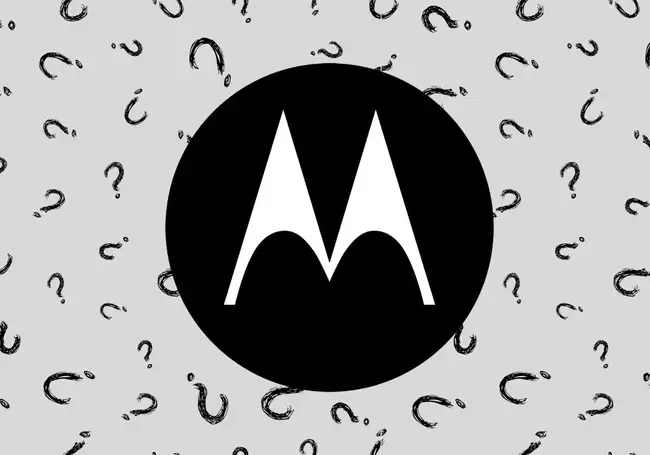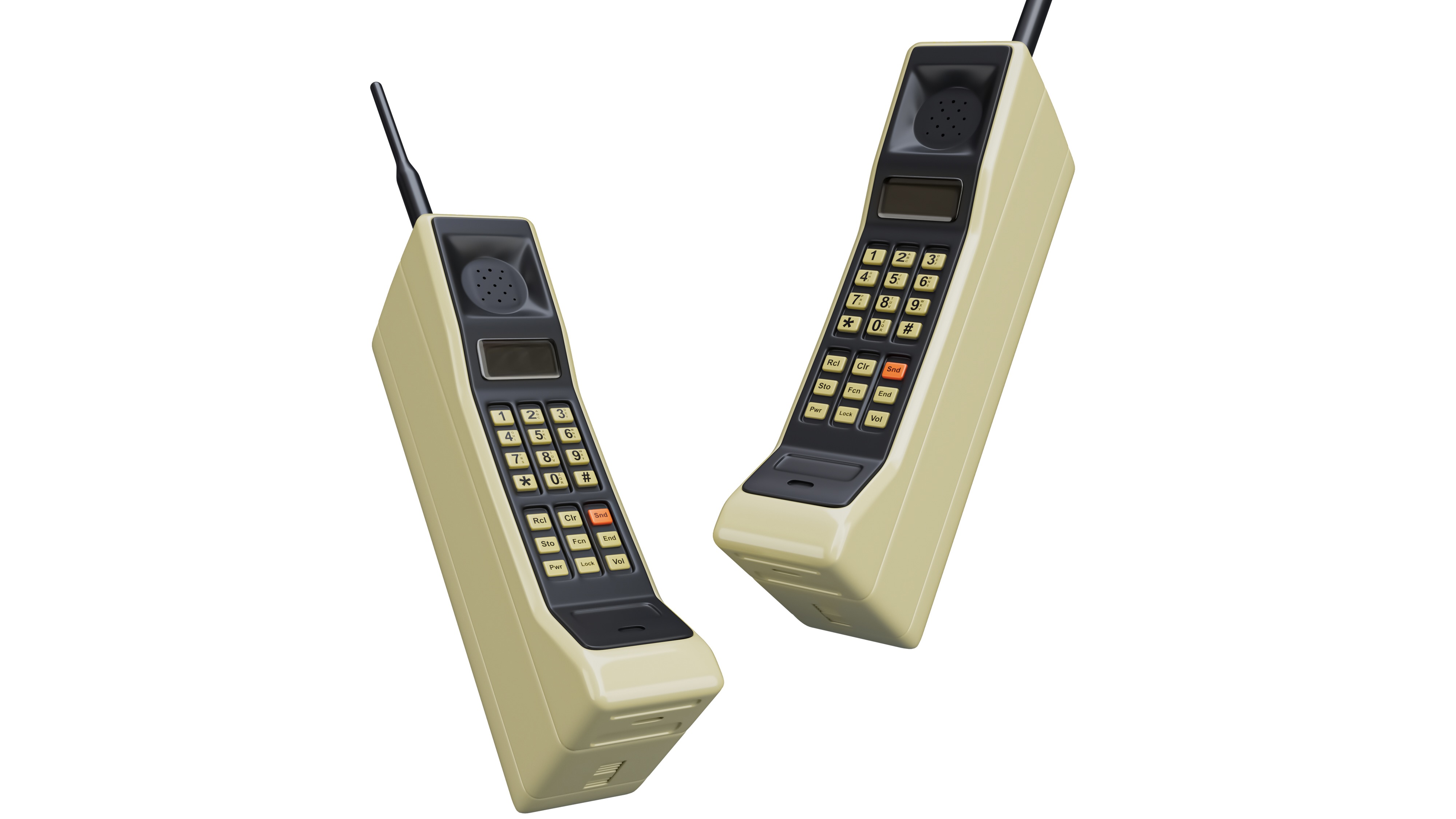Motorola has been a trailblazer in telecommunications since 1928, evolving significantly over the years. The company has always been at the forefront of innovation, from pioneering car radios and military communication tools to introducing iconic mobile phones like the DynaTAC 8000X.
In this article, we discuss Motorola's journey—from its rise to challenges in the face of intense competition and strategic restructuring with splits and acquisitions to its current status under Lenovo.

What is Motorola?
Motorola is a multinational telecommunications company known for pioneering the mobile phone industry. Established in 1928, Motorola has a long history of innovation. It initially made its mark by creating the first commercially successful car radio, the Motorola 5T71. Over the decades, the company expanded its technological repertoire, becoming a key player in two-way radios, semiconductors, and wireless communications.
The tech giant gained worldwide recognition in the 1980s and 1990s with its cutting-edge mobile phones, including the iconic Motorola DynaTAC 8000X, the first commercially available handheld mobile phone. The brand further solidified its reputation by introducing the sleek Motorola RAZR in 2004, a product that became a cultural phenomenon due to its thin design and advanced features.
Motorola RAZR V3 phone
In addition to consumer electronics, Motorola has been influential in network infrastructure and communication solutions for public safety and government agencies. In 2011, Motorola split into two separate entities: Motorola Mobility and Motorola Solutions.
Motorola Mobility focused on consumer products like smartphones and tablets. It was acquired by Google in 2012 and later sold to Lenovo in 2014. On the other hand, Motorola Solutions continues to provide advanced communication solutions for enterprises and public safety organisations.
The Rise of Motorola
Founded in Chicago, Illinois, by Paul Galvin and Joseph Galvin, Motorola started as the Galvin Manufacturing Corporation. Its early success came with the development of the Motorola 5T71, the first commercially successful car radio, and later, the Handie-Talkie two-way radio, which became crucial during World War II. The company's name was changed to Motorola in 1947.
Motorola's influence grew in the 1980s with the introduction of the world's first handheld mobile phone, the DynaTAC 8000X. The company's innovative streak continued with the Motorola MicroTAC in 1989 and the immensely popular Motorola RAZR in 2004, which set new mobile design and functionality standards.

Motorola's DynaTAC 8000X
The Decline of Motorola
Despite its early successes, Motorola faced significant challenges in the 2000s as the mobile phone market rapidly evolved and intensified with the entry of formidable competitors like Apple and Samsung. So the question remains: does Motorola still make cell phones?
Motorola struggled to keep pace with the rapid advancements in smartphone technology, which increasingly prioritised touchscreen interfaces, app ecosystems, and multimedia capabilities—areas where Motorola's offerings lagged. This struggle to innovate and adapt quickly led to difficulties in maintaining its once-dominant market position.
The failure of subsequent smartphone models to capture consumer interest further exacerbated Motorola's woes. Devices like the Motorola ROKR and later iterations of the Motorola DROID series failed to resonate with consumers, who increasingly favoured the sleek designs and user-friendly interfaces competitors offer. As a result, Motorola saw a decline in market share and faced financial instability, impacting its ability to invest in research, development, and marketing needed to regain ground in a highly competitive industry.
Despite efforts to revive its smartphone lineup with innovations like the Moto X and Moto G series, Motorola struggled amidst fierce competition and changing consumer preferences. These challenges ultimately prompted strategic restructuring and a shift in focus to regain relevance in the rapidly evolving mobile landscape.
Strategic Splits and Acquisitions
In response to these challenges, Motorola underwent strategic restructuring in 2011, splitting into two separate entities to better focus on distinct market segments. Motorola Mobility took charge of consumer products like smartphones and tablets, aiming to regain relevance in the consumer electronics market.
Meanwhile, Motorola Solutions focused on providing advanced communication solutions for enterprises and public safety organisations, leveraging its expertise in network infrastructure and mission-critical technologies.
Who owns Motorola Mobile?
Motorola Mobility was acquired by Google in 2012 for $12.5 billion, a move primarily driven by Google's interest in Motorola's extensive patent portfolio. However, the acquisition did not significantly improve Motorola's market position, and in 2014, Google sold Motorola Mobility to Lenovo for $2.91 billion. Lenovo aimed to leverage Motorola's brand recognition to strengthen its presence in the global smartphone market.
Where is Motorola Today?
Under Lenovo's ownership, Motorola has undergone a notable resurgence, focusing on delivering a diverse range of reliable and feature-rich smartphones tailored to various market segments' needs.
The Moto G series, renowned for its affordability and robust performance, has garnered widespread acclaim among budget-conscious consumers. In contrast, the Moto Z series has pushed boundaries with its innovative modular design, allowing users to customise their smartphone experience with interchangeable modules for enhanced functionality. Embracing cutting-edge technologies such as 5G connectivity, Motorola remains at the forefront of mobile innovation, ensuring its devices meet the demands of today's digital landscape.
In parallel, Motorola Solutions continues to excel independently, specialising in providing indispensable communication solutions for public safety agencies, government entities, and enterprises worldwide. Their portfolio includes advanced two-way radios, rugged body-worn cameras, and sophisticated software solutions designed to enhance operational efficiency and safety.
With a steadfast commitment to mission-critical communications, Motorola Solutions maintains its leadership position in delivering reliable, secure, and innovative solutions that empower organisations to manage and respond to critical situations effectively.
Motorola's Impact
Motorola's legacy is marked by its contributions to mobile communication and technology innovation. Despite the challenges and changes over the years, the brand has retained its reputation for quality and reliability. Today, Motorola continues to adapt and innovate, focusing on emerging technologies and market trends to maintain relevance.
Motorola's journey from a pioneering tech giant to a revitalised brand under Lenovo is a testament to its resilience and adaptability. While the company faced significant hurdles, its commitment to innovation and quality has allowed it to remain an important player in the telecommunications industry.
Today, the giant remains a prominent brand in the mobile phone market. Its range of Android smartphones is known for their reliability, innovative features, and competitive pricing. The company's commitment to quality and innovation drives its success, making it a trusted name in technology and telecommunications.
Motorola's enduring legacy in mobile communication and its ongoing contributions to technological advancements ensure that it remains at the forefront of the industry, continuously shaping the future of global connectivity.







Comments ( 0 )